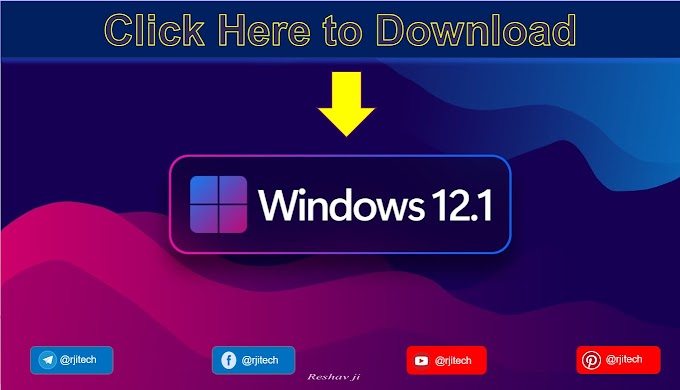Introduction:
In a significant development for the cybersecurity community, the United States' National Security Agency (NSA) has officially released GHIDRA version 9.0, its proprietary software reverse engineering tool, to the public. This move marks the culmination of years of internal development and underscores the NSA's commitment to fostering collaboration and innovation in the field of cybersecurity. This article explores the features, benefits, and implications of GHIDRA 9.0, while also addressing initial feedback and concerns from the infosec community.
Unveiling GHIDRA 9.0: An Overview
GHIDRA is a Java-based reverse engineering framework that provides a comprehensive set of tools and features for analyzing and understanding software code. With a user-friendly graphical interface and cross-platform compatibility, GHIDRA offers versatility and accessibility to both seasoned professionals and aspiring cybersecurity enthusiasts. From dissecting malware to uncovering security vulnerabilities, GHIDRA empowers users with the insights needed to enhance their cybersecurity defenses.
Download GHIDRA — Software Reverse Engineering Tool
- Github — source code (will be available soon)
- Download GHIDRA 9.0 — software package, slides, and exercises
- Installation Guide — basic usage documentation
- Cheat Sheet — keyboard shortcuts
- Issue Tracker — report bugs
Features and Functionality:
Versatile Processor Support: GHIDRA boasts support for a wide range of processor instruction sets, including X86, ARM, PowerPC, MIPS, and more. This broad compatibility ensures that users can analyze code across diverse hardware architectures, from embedded systems to enterprise servers.
Graphical User Interface (GUI): The intuitive GUI of GHIDRA simplifies the process of navigating through complex code structures and visualizing relationships between different components. This visual representation enhances the efficiency of analysis and facilitates collaborative work among team members.
Extensive Debugging Capabilities: GHIDRA provides robust debugging tools that allow users to step through code execution, set breakpoints, and inspect memory contents in real-time. This enables precise analysis of program behavior and facilitates the identification of vulnerabilities and exploits.
Community Collaboration: With its release to the public, GHIDRA opens the door to collaborative development and community contributions. Researchers and developers can leverage the open-source nature of GHIDRA to enhance its functionality, address bugs, and share insights with the broader cybersecurity community.
Addressing Security Concerns:
Despite the excitement surrounding GHIDRA's release, concerns have been raised regarding potential security vulnerabilities. The discovery of a debug port open to all interfaces in certain configurations highlights the importance of thorough testing and vigilance in software development. However, the proactive response from security researchers like Matthew Hickey underscores the community's dedication to ensuring the integrity and security of GHIDRA.
Future Outlook and Impact:
The availability of GHIDRA represents a significant milestone in the democratization of cybersecurity tools and technologies. By equipping security professionals with powerful, accessible resources, GHIDRA has the potential to level the playing field in the ongoing battle against cyber threats. As adoption grows and the community-driven development accelerates, GHIDRA is poised to become a cornerstone of cybersecurity education, research, and defense strategies worldwide.
Conclusion:
The release of GHIDRA 9.0 by the NSA heralds a new era of collaboration and innovation in software reverse engineering. With its advanced features, cross-platform compatibility, and open-source ethos, GHIDRA embodies the NSA's commitment to advancing cybersecurity capabilities for the greater good. As organizations and individuals embrace GHIDRA as a staple tool in their cybersecurity arsenal, the collective resilience against cyber threats is strengthened, paving the way for a safer and more secure digital landscape.
Have something to say about this article? Comment below or share it with us on Facebook, Twitter or our LinkedIn Group.







.gif)

Nice software for reverse engineering
ReplyDeleteHow to use it .
ReplyDeleteI just want to use it do you have any manual for this tool
ReplyDelete